After 10 years, Boston Marathon bombing still a relevant topic
Running shoes line the street following the bombing at the 2013 Boston Marathon. (Royalty-free photo by Sarah Nichols via Wikimedia Commons)
September 26, 2022
Imagine a marathon: people running toward the finish line, sweat dripping from their faces as they see victory ahead. All of a sudden, a loud boom goes off to the right followed by a big cloud of smoke. The runners scattered in opposite directions, and people screamed at the top of their lungs. Fear is in the air, and people are dead on the ground.
On April 15, 2013, at the Boston Marathon, two explosives went off near the finish line of the Boston Marathon, “killing three spectators and wounding more than 260 other people” in a terrorist attack. People were missing legs, arms, and other parts of their upper bodies.
Spectators witnessed fellow adults suffer in pain, and watched children deal with injuries as well.
After the attack, the two brothers, Dzhokhar Tsarnaev, 19, and Tamerlan Tsarnaev, 26 ran away from the scene and went into hiding as the whole city searched for them. The brothers stayed at their house for a bit, and then attempted to escape by car. When their car broke down, they stole somebody else’s car. At this point, the police did not have many leads on them, so they put all of Massachusetts in state of emergency.
When the brothers were on the move, they needed weapons. Upon seeing a cop car, the Tsarnaevs approached it and killed the cop inside, taking his gun. They then hijacked another car, taking the owner hostage.
It was at this point the city finally had a lead. The hostage managed to escape, and placed a call from a gas station. The hostage left his phone inside the stolen vehicle, allowing police to track the car.
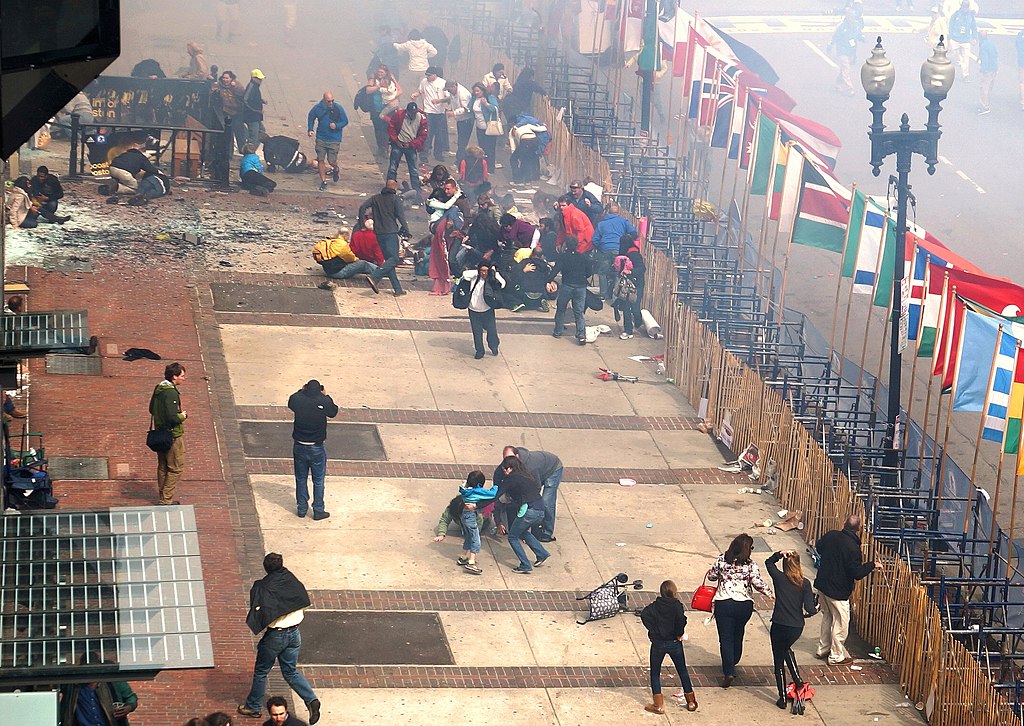
The police later spotted the stolen black SUV along a suburban street. The police tried to arrest the brothers, but heard shots. The brothers fired at them, going through more than 80 rounds, and firing 200 shots.
Tamerlan told Dzhokar to drive, perhaps staying his ground to stall the cops. He was alive, but struggling, when the younger brother ran him over with the previously-stolen SUV. Tamerlan suffered fatal injuries, and died April 19.
During the investigation, police located the brothers’ mother, Zubeidat Tsarnaeva, and investigated her. She would continue to argue that her sons were “innocent” and called Americans “terrorists” during trial.
Later on, a man that owns a gas station called the police, reporting a suspicious person inside a boat in his backyard. The police rushed to the man’s house, setting up a perimeter with snipers. After several hours, the police shot at the boat twice, and finally the suspect, Dzhokar, surrendered. He was arrested 108 hours after the bombing.
What started as an ordinary race for people of all walks of life to participate in and enjoy turned into a deadly scene, one that is still relevant today, as the tenth anniversary of the bombing approaches.
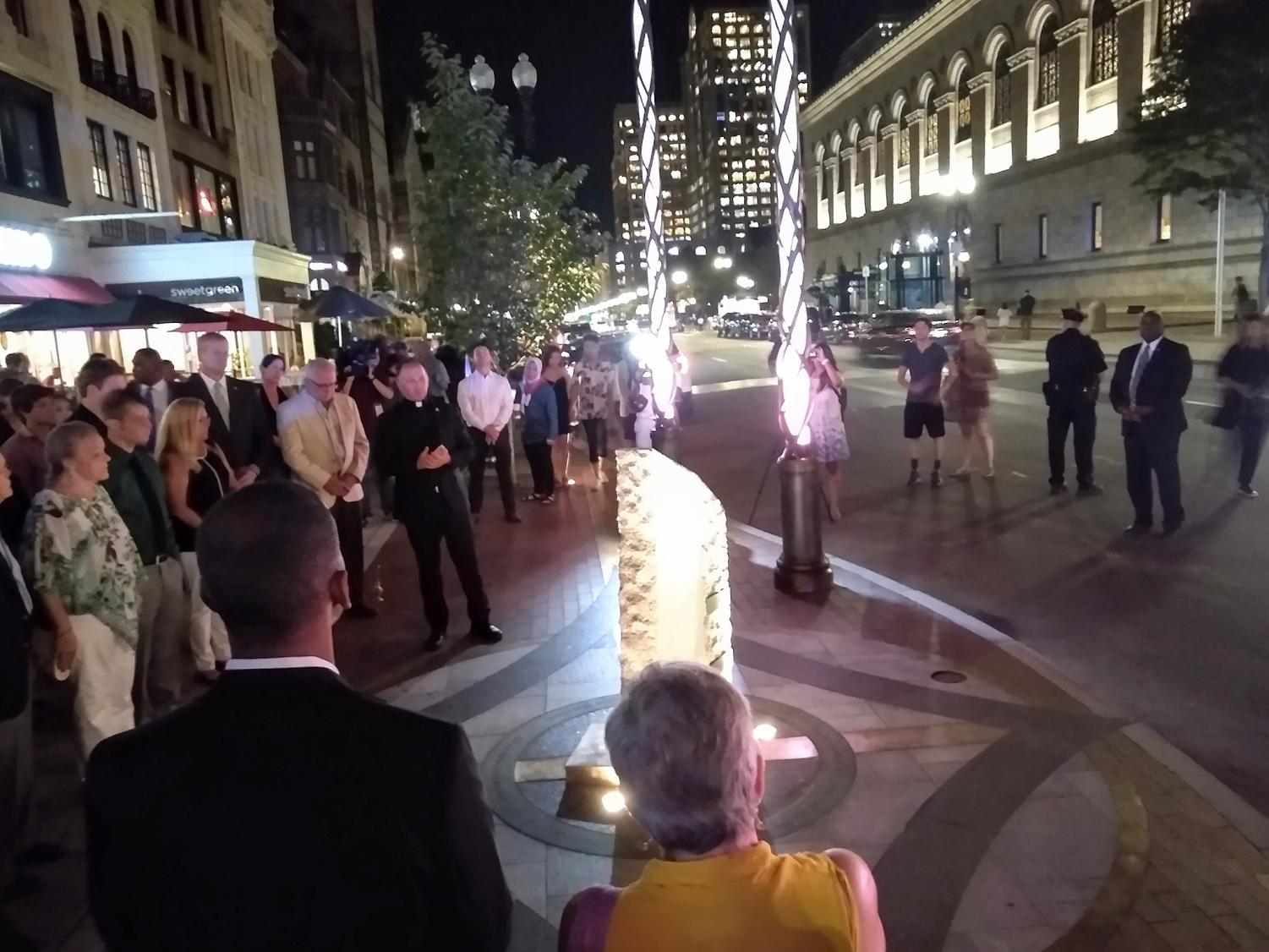
Each year in Massachusetts, the people celebrate Patriots Day with the running of the Boston Marathon to mark the anniversary of the Revolutionary War. And yet, the bombing is not mentioned in history classes at West Chicago Community High School.
In light of the Highland Park shooting on July 4, and many other acts of violence against innocent people, the Boston marathon demonstrates how one, or in this case, two, person with weapons or explosives can change a situation – meant for entertainment and fun – and turn it into something Americans are unlikely to forget. Innocent people died, or suffered, at the hands of a criminal.
When this marathon bombing took place during April 2013, most seniors were eight years old: the freshmen class averaged about five years of age when the deadly bombing occurred.
“Anytime there is an unfortunate event, like the bombing at the Boston Marathon, Major cities like Boston, Chicago, can learn from that, on what they can do to continue to provide security.. The Chicago marathon is coming up, usually around the beginning of October, so it helps, again, Chicago, plan for that, so that the runners that participate in that can run and put their trust in the city, that they can do the run without an incident like that,” said Christopher Lukas, a Social Studies teacher at WCCHS.
Lukas mentioned the Boston Marathon made other cities take notice, and remain alert at large events and festivals. Now, marathons feature more security. Police are active watchers at the event, and on the lookout for the people’s safety.
The Boston Marathon bombing changed history and should be a source of reflection this April. People cannot let such tragedies appear in the nation’s marathons again. This is truly as an important event that the world should never forget: the Boston Marathon bombing.



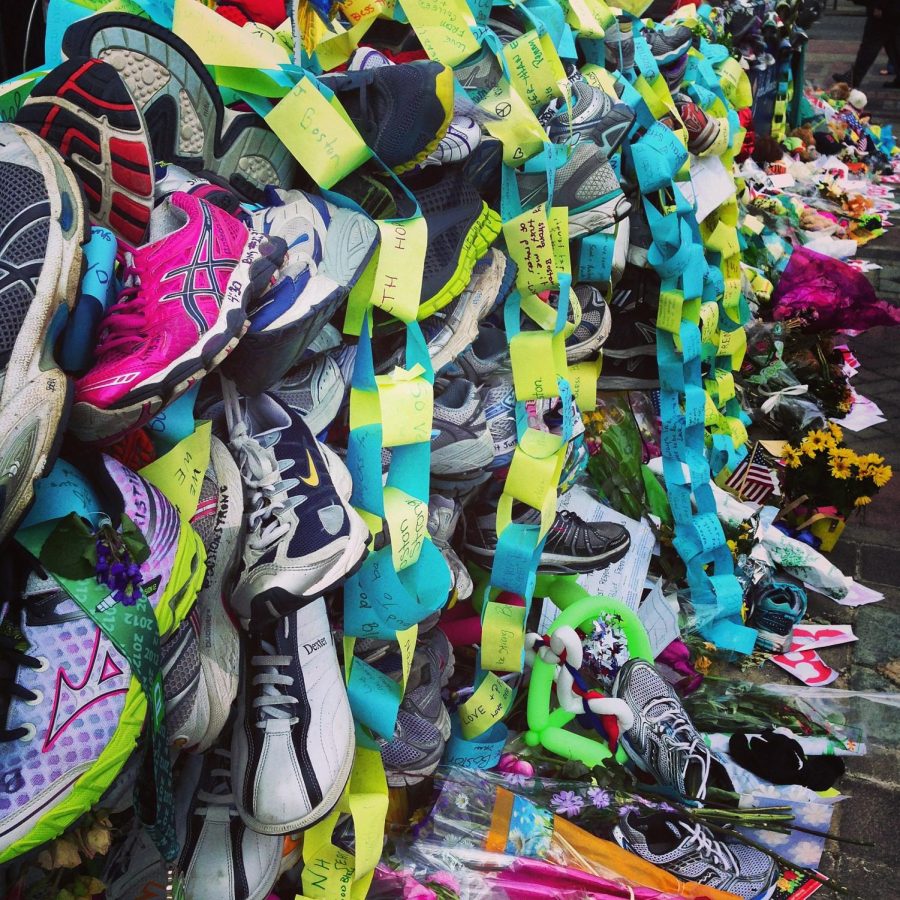
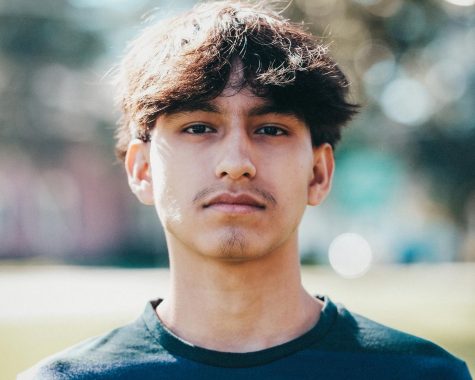

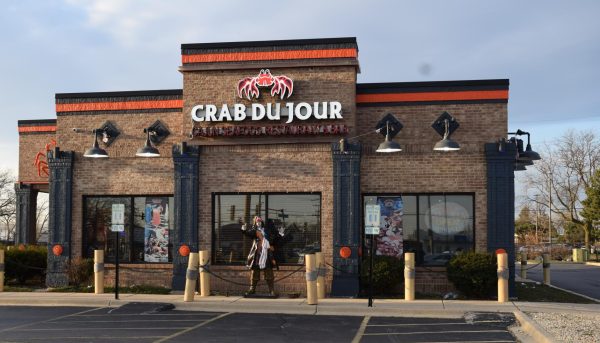

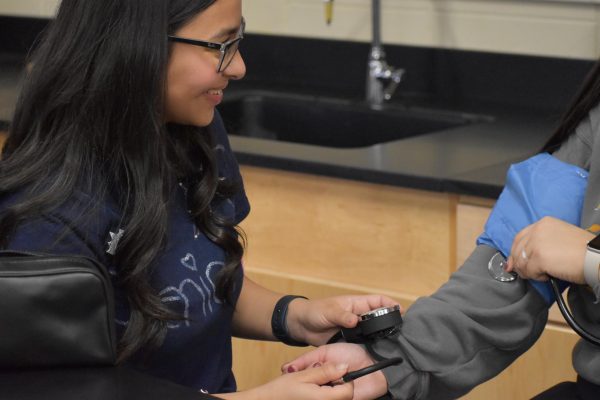
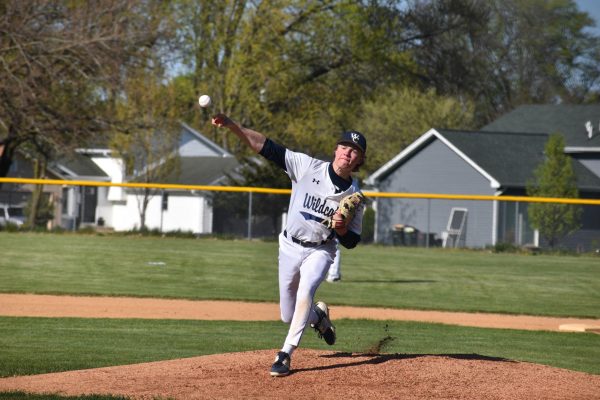


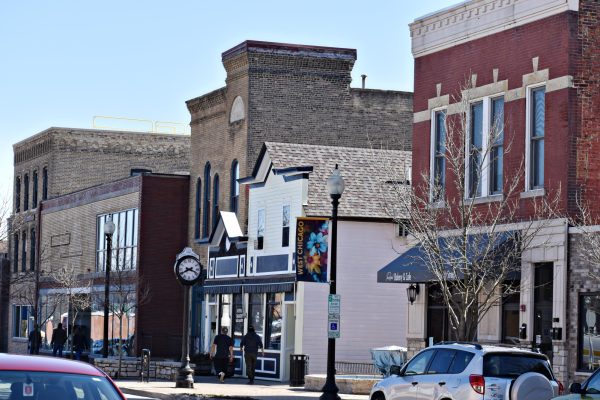

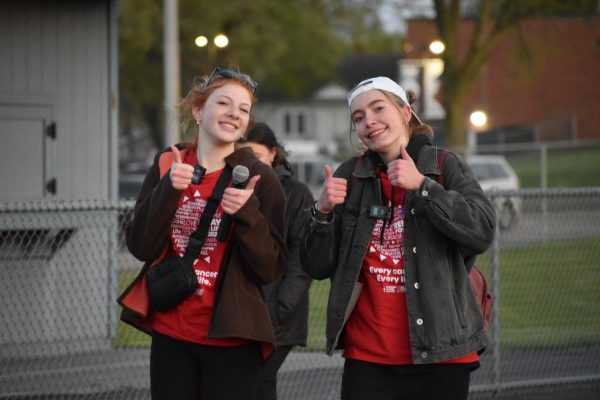
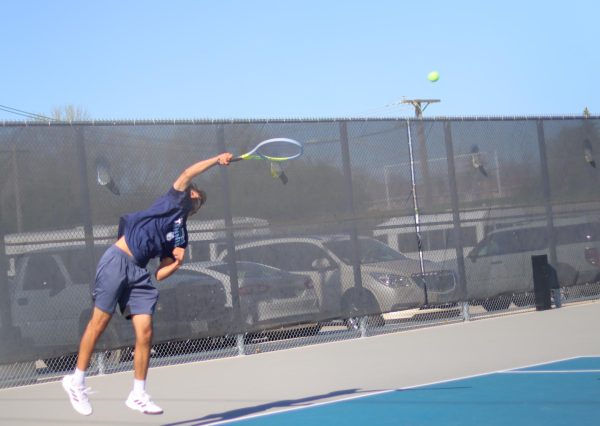
Gloria • Jan 7, 2023 at 8:40 pm
Solo repites la historia oficial. Eso no es periodismo. Y qué eso de personas inocentes? Inocentes de que? O sea que si esas personas no hubieran sido inocentes estaba bien que mueran o que pierdan sus miembros? Tú discrimas y mantienes el mismo enfoque estereotipado de la mayoría. Dónde está tu humanidad, primero? Si las personas no fueran inocentes, entonces está bien que pierdan las piernas en una explosión???. Solo te alarmas cuando son “inocentes”???…… Y en esa misma línea conservadora que sigues, ni te preguntas por qué pasan las cosas? Cómo es que, según tú, hechos similares no se repetirán? Con la pena de muerte a Dzhokhar Tsarnaev? En tu pequeño cerebro, crees que TODO SE REDUCE a que existen “monstruos” a los que hay que “meter miedo” para que no vuelvan a delinquir????.. EL MUNDO NO ES TAN SIMPLE ni los Estados Unidos es un país tan inocente. Te has preocupado alguna vez por los niños palestinos mutilados y quemados por las bombas israelíes fabricadas en Estados Unidos?? Te has preocupado alguna vez por la población de Irak masarada en la guerra civil generada por la invasión de Estados Unidos, a raíz de una mentira de Bush??…. Tienes alguna pálida idea por lo menos del por qué hay ataques del extremismo islamista contra Estados Unidos?? TODO TIENE CAUSAS. Los monstruos no existen. APRENDE A CUESTIONAR POR QUÉ SUCEDEN LAS COSAS, aprende a tener análisis crítico, en lugar de repetir lo que dice la verdad oficial.
Alejandro Pérez jr • Sep 30, 2022 at 1:12 pm
Esta muy bien tu reportaje Alex así al cien ? siempre en todo lo qué hagas felicidades
Jonathan Saucedo • Sep 30, 2022 at 8:54 am
when I saw the headline I thought it would be similar to the Boston tea party I was wrong, it was very informative I did not know this was happening at all you learn something new every day am I right? Rip all those people who lost their lives tho they didn’t deserve what came at them 🙁